Machine learning

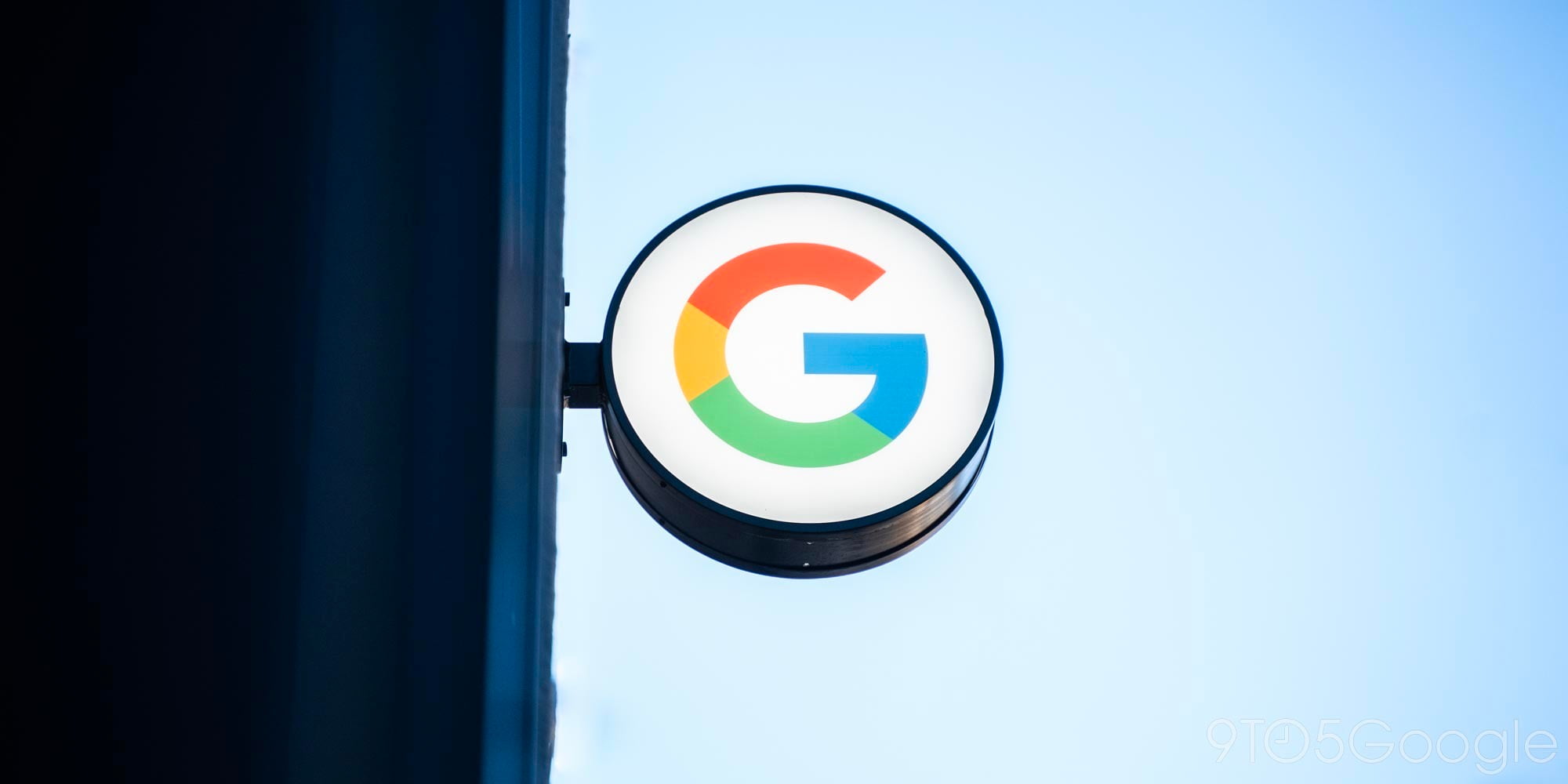

As achievements go, learning how to pick up objects doesn’t sound quite as impressive as twice beating the world Go champion – it is, after all, something the average toddler can do. But it’s the fact that the robots themselves figured out the best way to do it using neural networks that makes this notable.
A recent Google report spotted by TNW explains how the company let robot arms pick up a variety of different objects, using neural networks to learn by trial-and-error the best way to handle each. Some 800,000 goes later, the robots seemed to have it figured out pretty well …
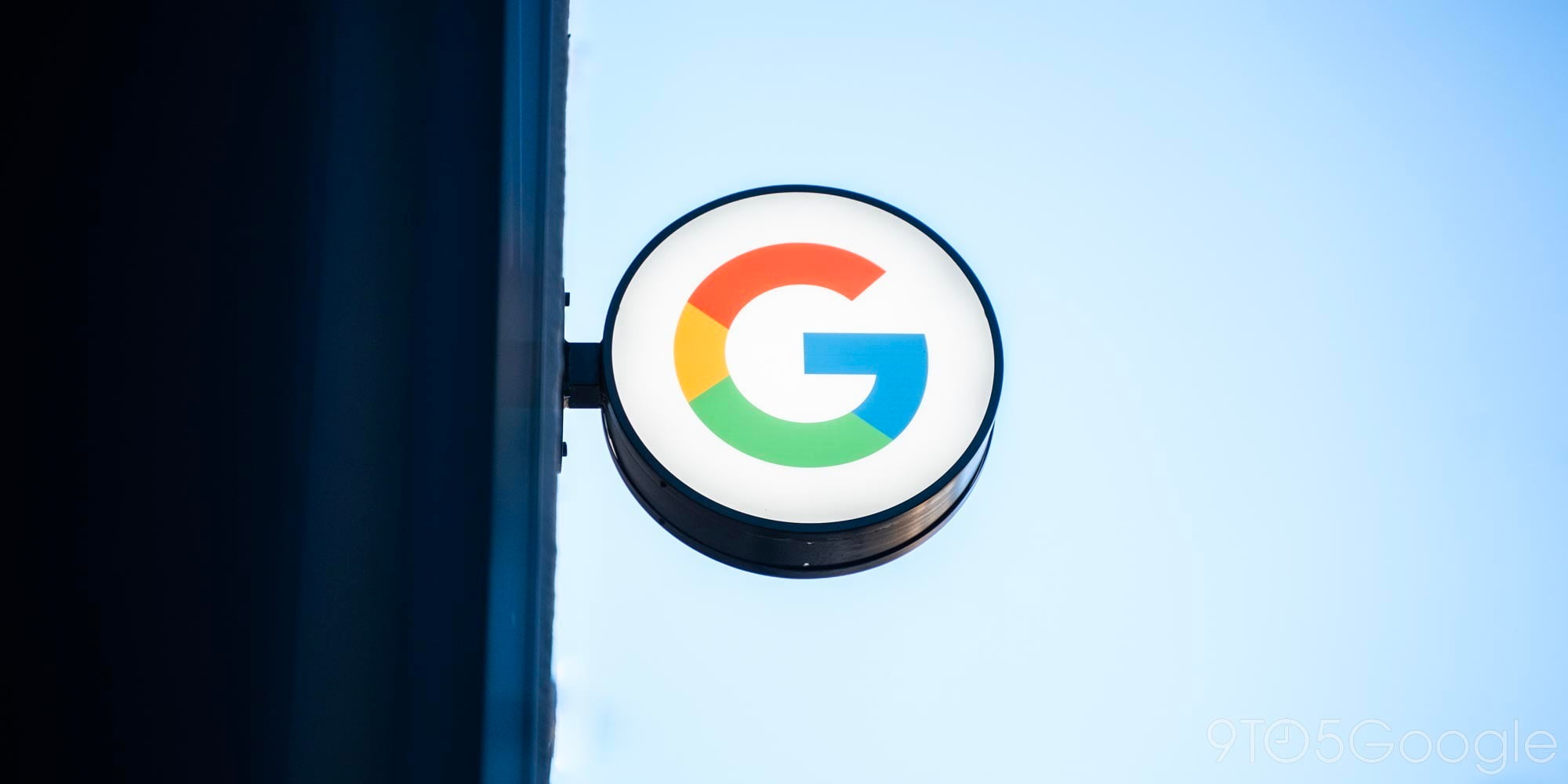
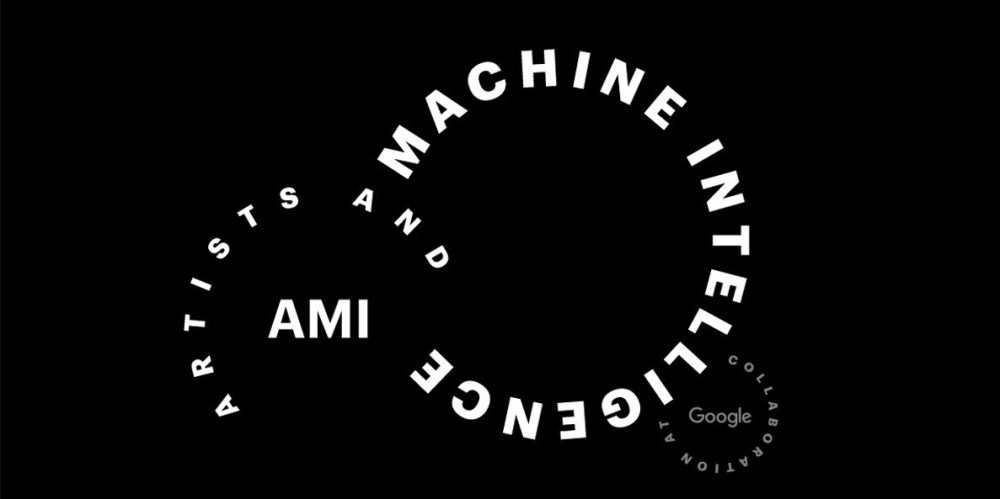
People on the Internet have long been captivated by the artwork made by Google’s neural networks. While created by a computer, many have called it dreamlike and surreal. The company realizes the artistic implications of machine learning and is starting a program that brings together artists and engineers to make new works.
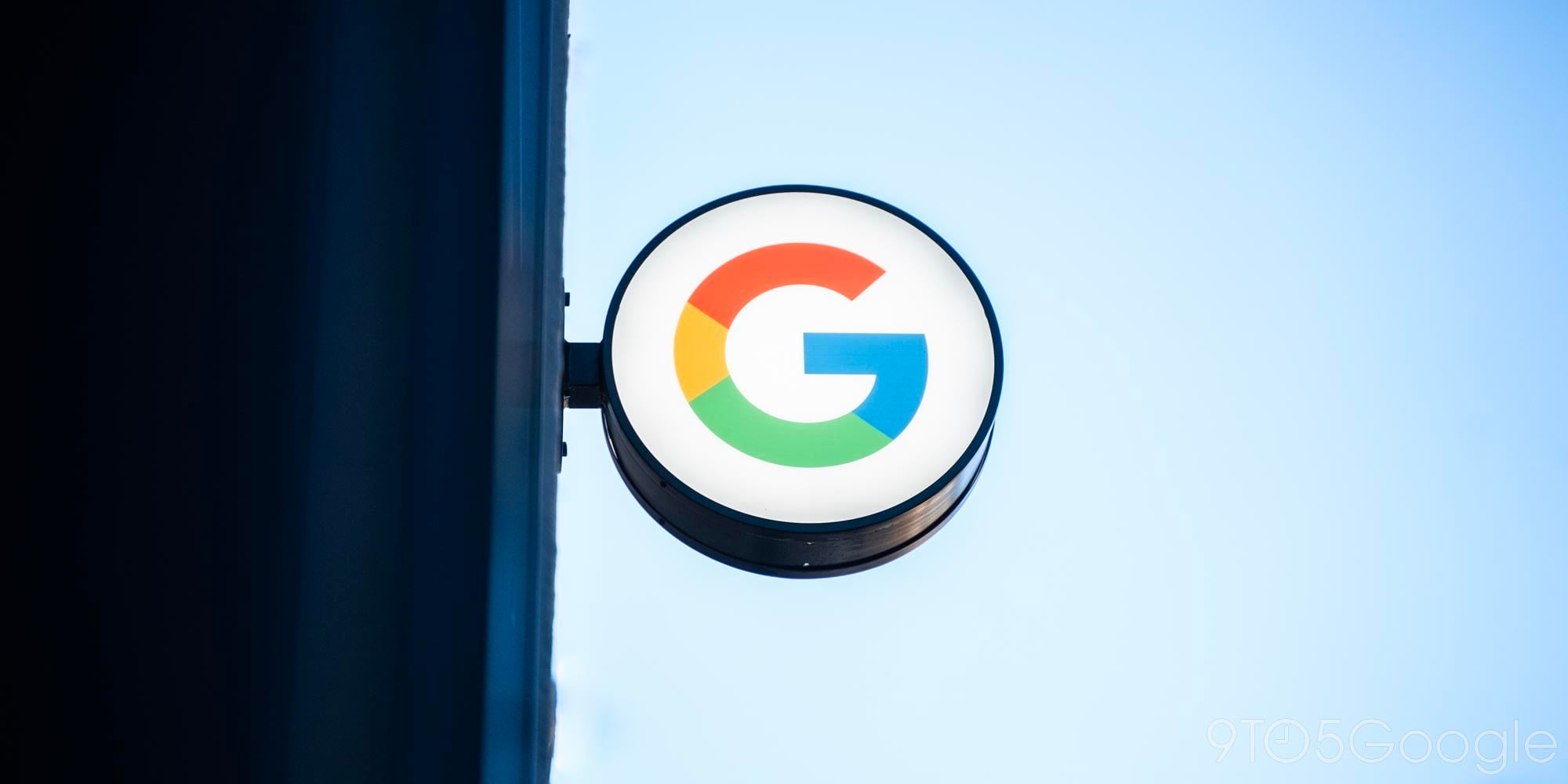
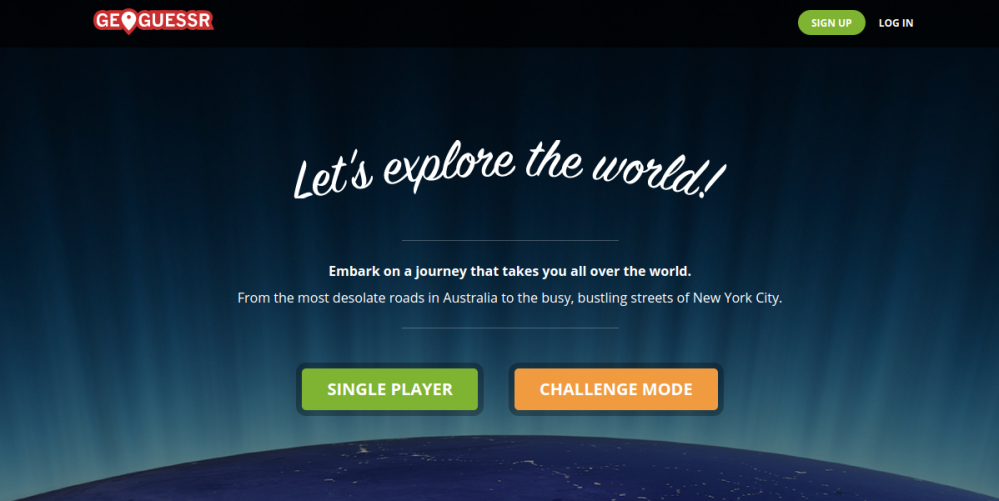
Google has trained a neural network, named PlaNet, to figure out where an image was taken down to the city and even exact street level. The machine only needs to analyze a photo’s pixels in order to accomplish the task.
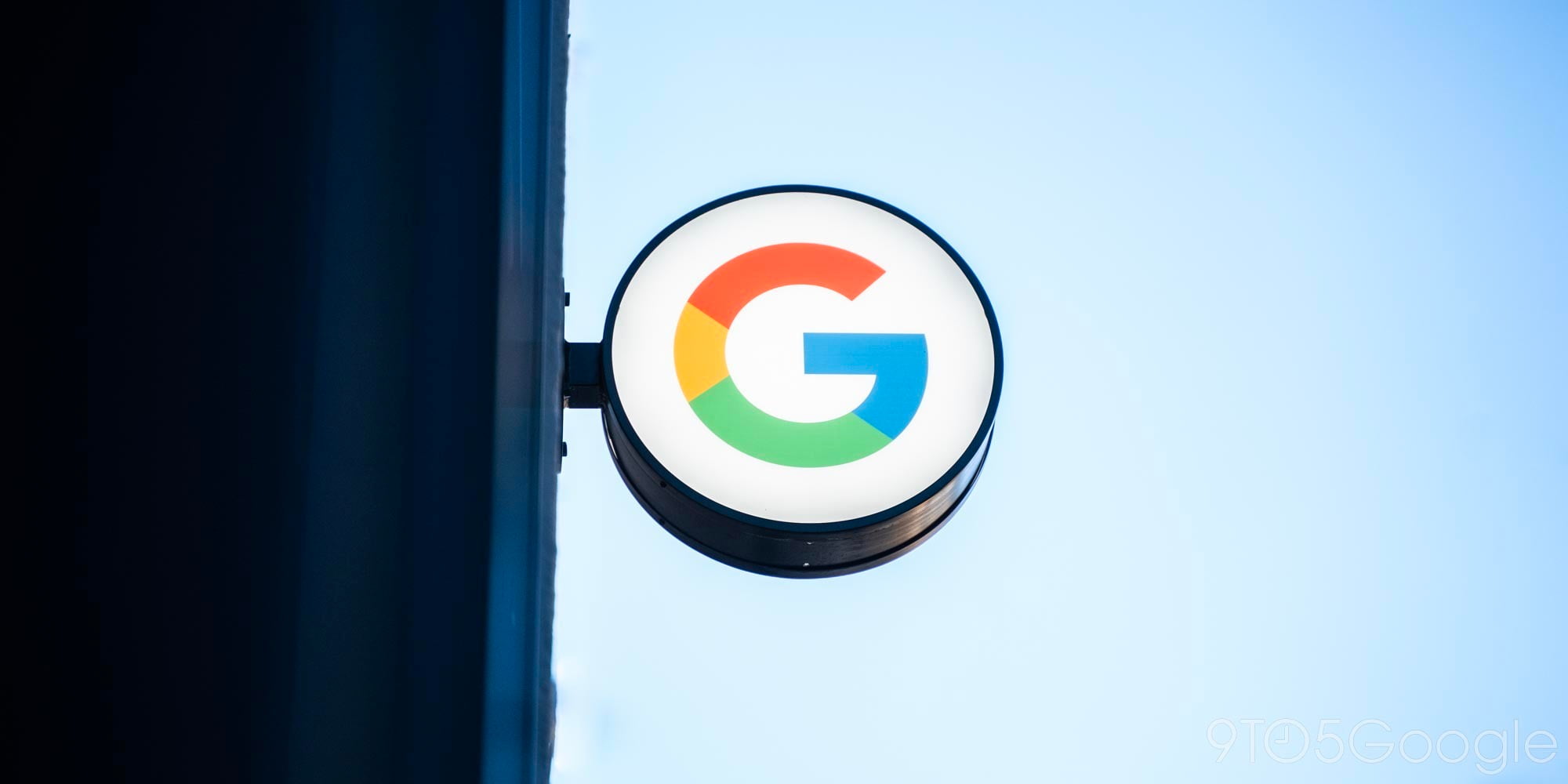
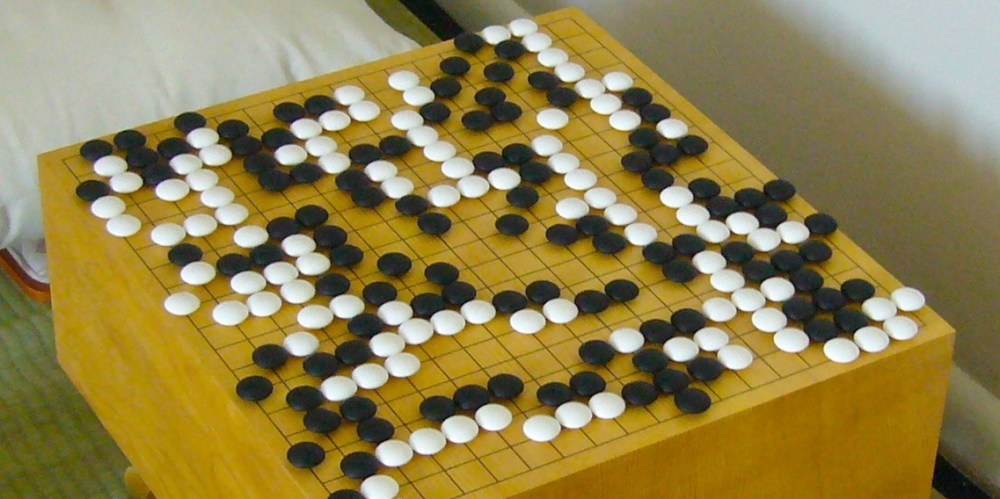
Towards the backend of last month, it was revealed that Google had developed an AI machine so advanced, it could beat a French Go champion at one of the most challenging games to teach a machine. DeepMind’s AlphaGo machine beat European champion Fan Hui 5-0 at Go, a game which — although simple to learn — features millions of combinations. Because of this complexity, teaching a machine to play beyond an amateur level has been challenging.

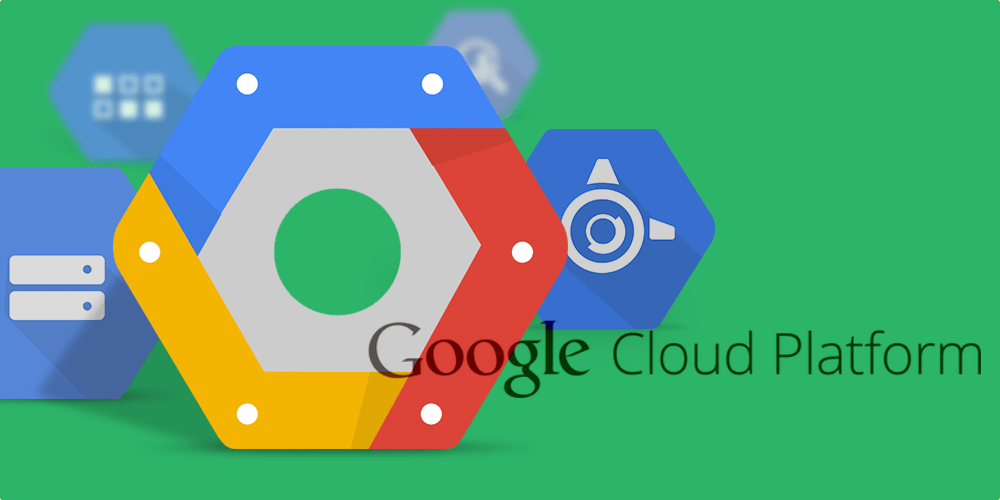
Google is at the forefront of machine learning, and has already brought some of its AI-powered technology to apps like Gmail and Search. It’s also keen to get its tools in to the hands of developers and recently made Tensorflow machine open source. As part of that focus on giving developers the resources, it’s also launched the Cloud Vision API, giving devs the ability to build apps (and robots) which recognize objects and facial expressions, then respond to them…

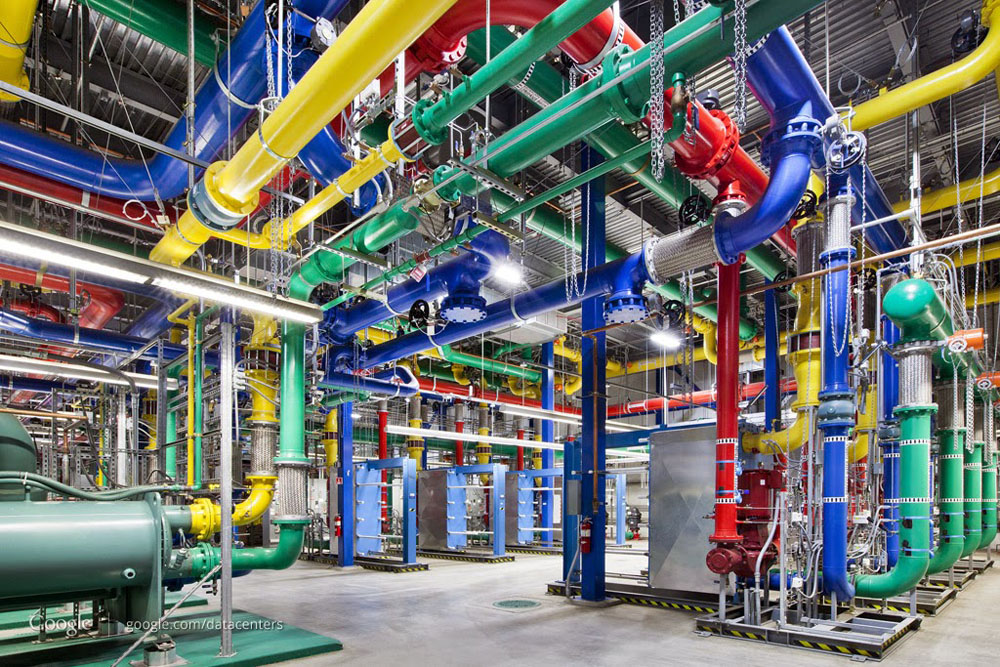
Google has been using artificial intelligence for a wide range of tasks, ranging from delivering search results to speech recognition, so perhaps it should come as no surprise that Google’s latest AI product was figuring out how to improve the energy efficiency of the very servers used to do all that other stuff.
A Google blog entry spotted by Engadget describes how a Google engineer used his 20 percent time to apply machine learning to predict the real-time energy efficiency of its data centers. Google uses a measure known as Power Usage Effectiveness (PUE): a ratio of total power used to power actually used for computing. In simple terms, if cooling used as much power as computing, the PUE would be 2. The closer to 1 Google can get, the more efficient the energy usage.
Google has already got its PUE down to 1.12 – about twice as efficient as a typical data center – but is using the AI project to try to further reduce the number. By using machine learning to predict the impact of variables like outside air temperature, Google can tweak the setup to minimize power usage.
The days of self-aware machines grow ever closer …


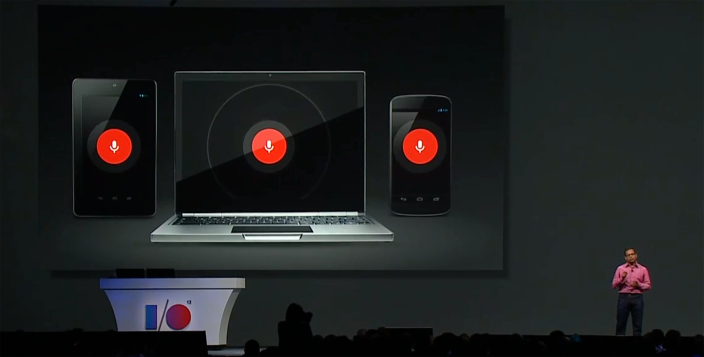
Photo: chromespot.com
When Google announced (and later began rolling out) conversational search back in May, the company saw that as only the start. The company’s plans for the feature take us all the way into the realms of a true virtual personal assistant.
If you haven’t yet tried conversational search in Chrome, the feature as it stands is useful but basic. Speak a search like “How old is Barack Obama?” and Chrome will speak the answer. With a person, you could then ask a series of follow-up questions like “How tall is he?”, “Who is his wife?” and “How old is she?” and they would know who you were referring to in each question. That’s the functionality Google is rolling out, remembering who or what you just asked about and interpreting pronouns appropriately.
But Google’s long-term plans are far more ambitious. In an interview with TechFlash, Google Research Fellow Jeff Dean talked to Jon Xavier about his team’s work on machine learning and neural nets to expand Google’s abilities in conversational search …
Expand
Expanding
Close

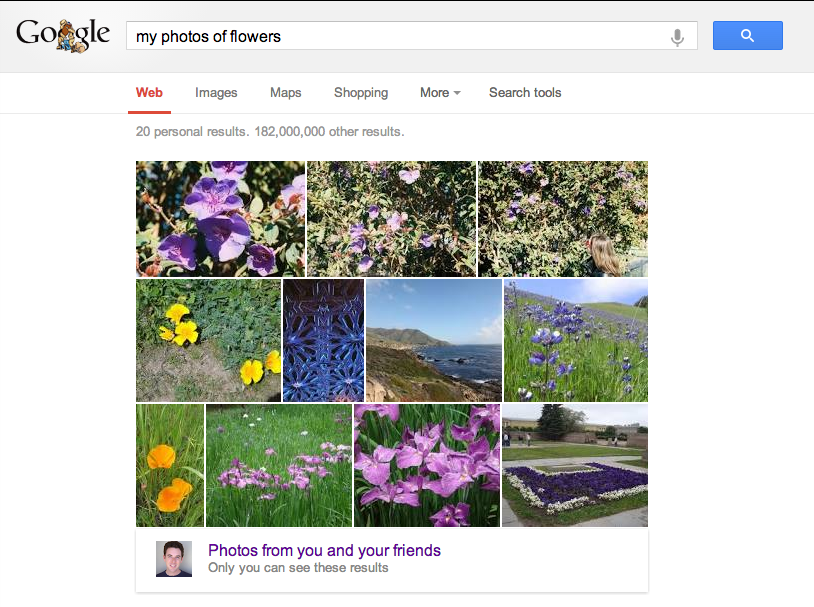
Google is carrying on with its integration of Google+ across the rest of its services by today opening up the ability to search for photos from the service directly in Google search. Starting today, not only will Google search be able to display photos from friends and events in results, it will also be “using computer vision and machine learning to help recognize more general concepts in your photos such as sunsets, food and flowers.”
Here’s how it works:
Expand
Expanding
Close

[youtube=http://youtu.be/9jGvCdthQso]
YouTube now automatically allows short 1080p videos to convert to 3D.
The video-sharing platform just announced on the official YouTube blog that it is expanding a beta feature released last year, which gives users the option to convert YouTube videos to 3D with just a click of a mouse. Since the beta launched, creators have converted hundreds of thousands of videos to 3D.
The popularity of the feature encouraged YouTube to implement 3D viewing in the Quality settings under the gear icon on the YouTube player.
“Then pop on your 3D glasses and see YouTube in another dimension (like the video above),” explained Technical Staffer Deb Mukherjee and Software Engineer Chen Wu in the blog post.
The Googlers even recommended watching “YouTube Rewind 2011” to get the full YouTube 3D experience (below).